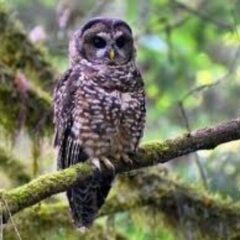Posts By ebernard
The Deforestation and Fight for Fairy Creek In British Columbia, Canada
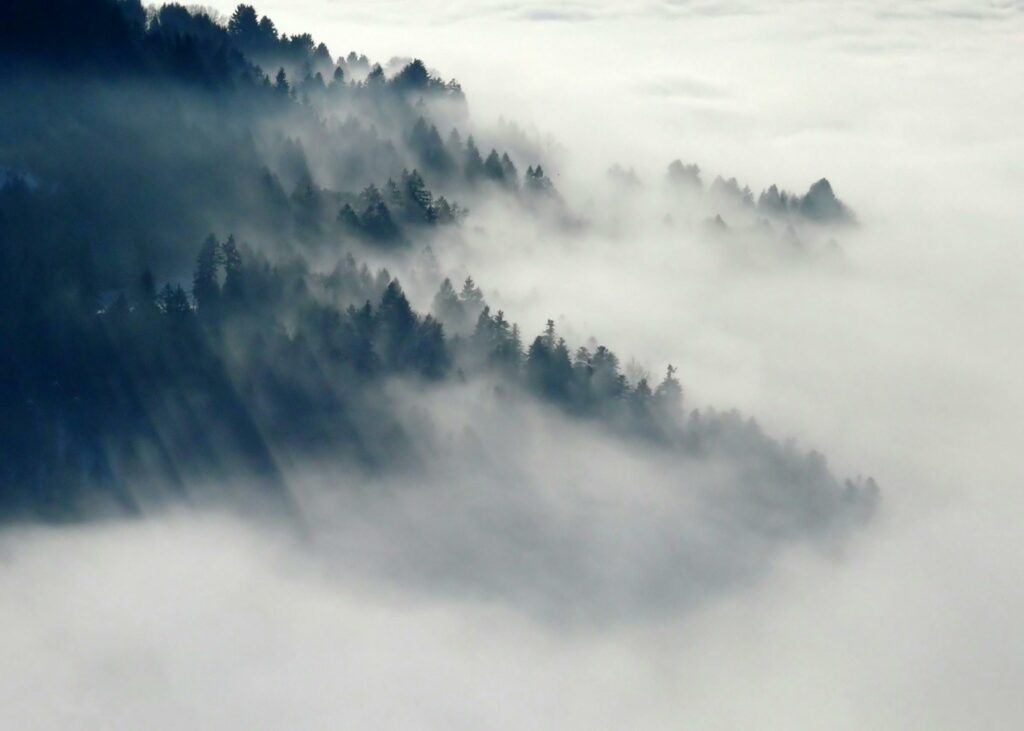
The Deforestation and Fight for Fairy Creek In British Columbia, Canada
In British Columbia, deforestation is occurring at an incredibly quick rate. From the 60 million hectares of forest that originally made up the province, only 22 million hectares remain, putting wildlife and animals at an accelerated risk of extinction.
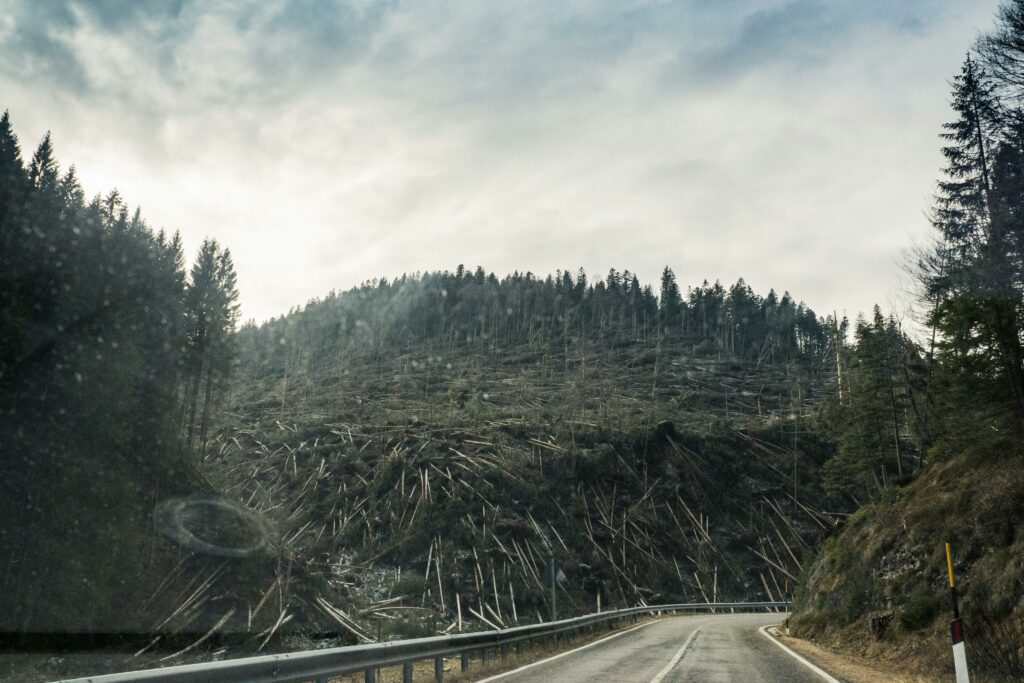
One of the most well-known old growth forests in British Columbia has particularly been hit hard with the loss of its agriculture. Fairy Creek is home to trees of up to a thousand years old and is located on the traditional, unceded territory of the Pachneedant First Nation peoples. With the loss of these sacred trees, many protests and movements have been created in order to attempt to save this land. However, the protests were ultimately disrespectful to the Indigenous community as their land was further disrespected.
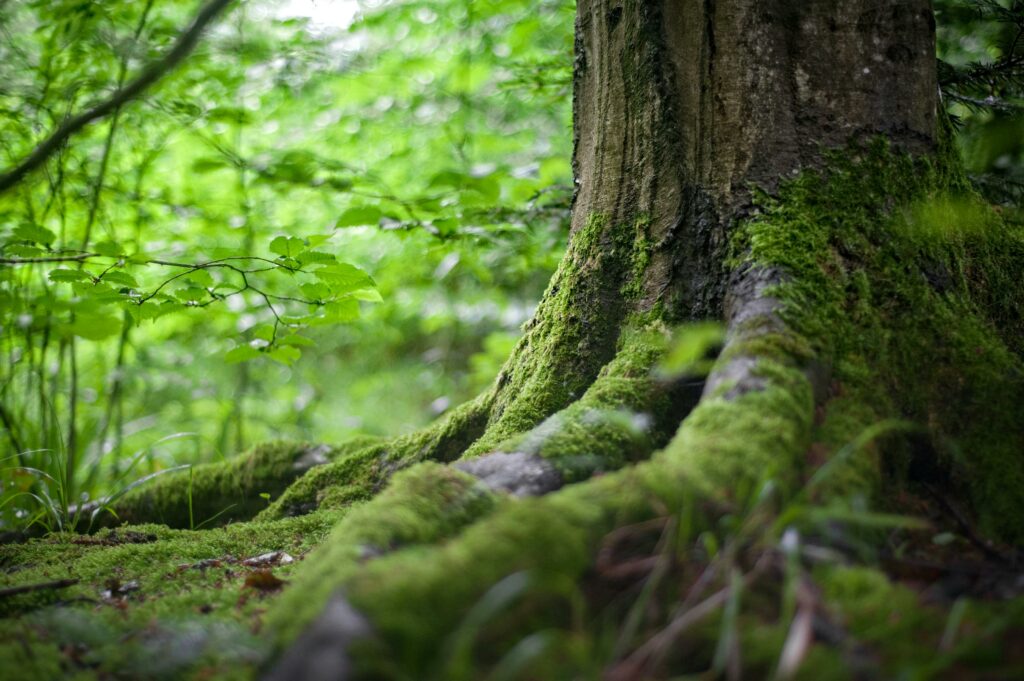
My feature article highlights the impacts of deforestation on climate change, agriculture and wildlife specifically in British Columbia. The article focuses on the statistics regarding the rapid deforestation as well as the animals at risk of extinction because of the removal of their homes. Furthermore, my feature article specifically focuses on the fight for the Fairy Creek forests that remain the home to Vancouver Island’s sacred old growth trees. There is a huge emphasis on the perspective of Indigenous communities and highlights the ways in which the Fairy Creek protests were an unethical fight for justice.
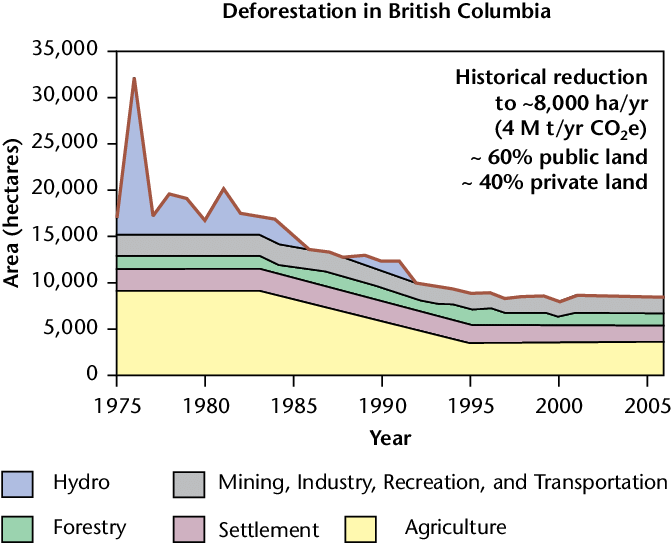
Unraveling the Impact of Invasive Species on British Columbia’s Ecosystems and Economy
Invasive species can create a ripple effect of changes within their new environments, often leading to significant ecological, economic, and health impacts.
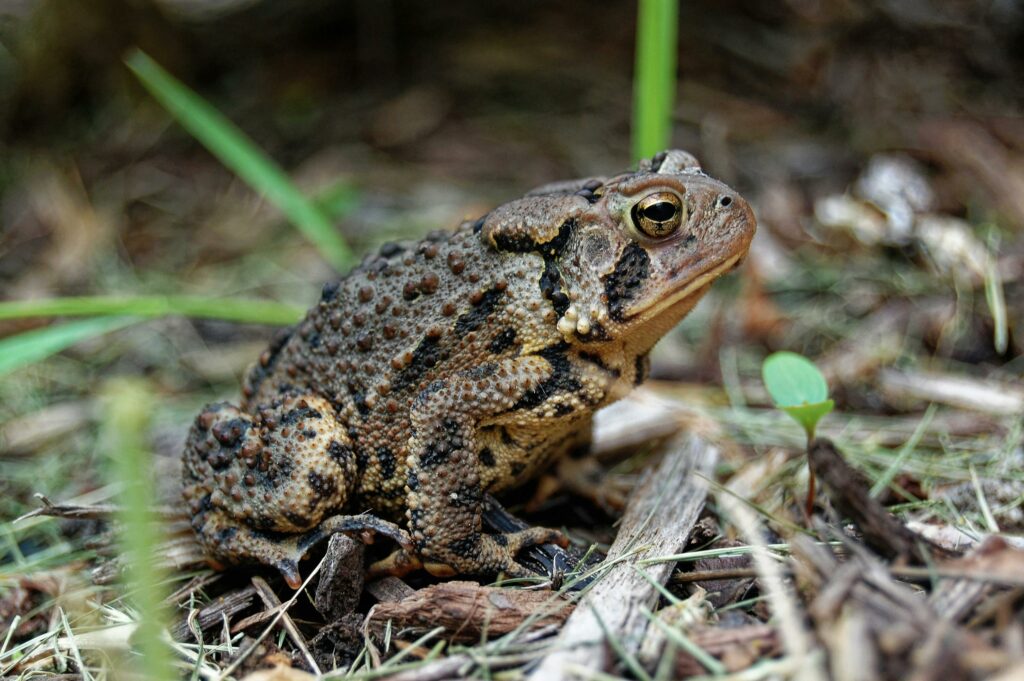
Ecologically, invasive species can out-compete native species for resources such as food, water, and habitat. This competition leads to a decrease in biodiversity as native species are displaced or even driven to extinction by the invading species. Their introduction also disrupts the balance of local food chains. If an invasive predator has no natural enemies in the new environment, it can multiply rapidly and deplete populations of native prey.
Moreover, invasive species can alter the physical characteristics of the environments they inhabit. Some invasive plants change soil composition, making it more difficult for native plants to grow. Others may increase the risk of natural disasters like wildfires. For instance, certain types of invasive grasses or weeds burn more easily and quickly than native species, which leads to more frequent and intense fires.
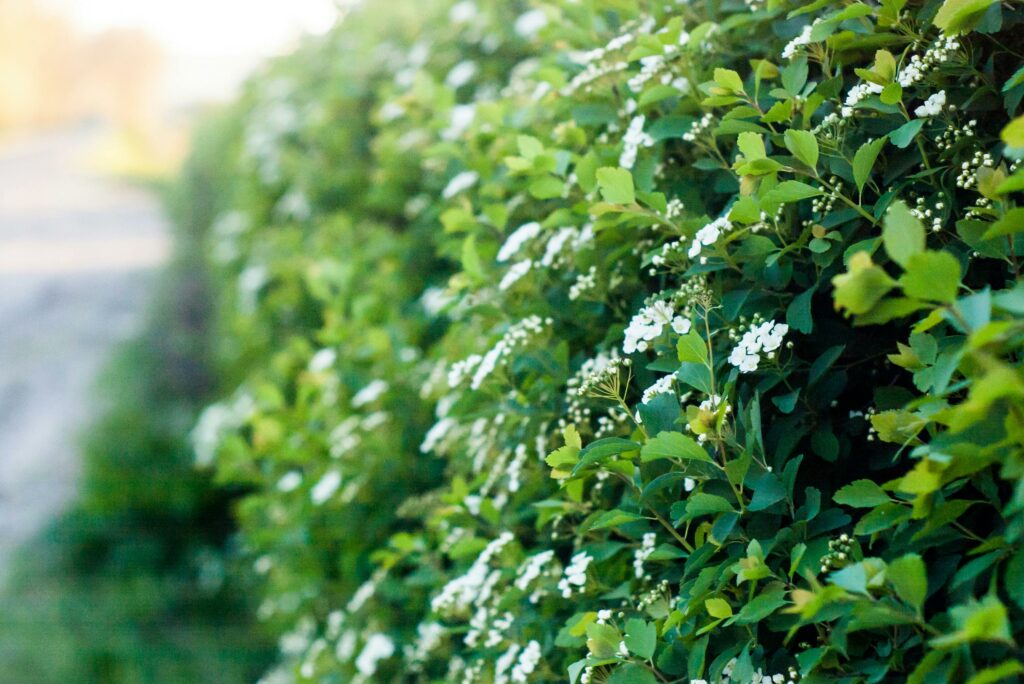
Economically, invasive species can wreak havoc on industries that rely on native species or natural resources. Forestry, fishing, and agriculture sectors can suffer significant financial losses due to invasive species. Crop yields can be severely impacted by invasive insects or diseases Invasive fish or aquatic plants can disrupt commercial fishing operations or recreational activities like boating and fishing.
Health risks can also arise from invasive species. Certain invasive plants can cause allergic reactions or toxic effects in humans and animals. Invasive animals can carry diseases that affect humans or livestock.
In my article, I highlighted the American Bullfrog and Wild Turkey as examples of invasive species in British Columbia. These species, once introduced, can disrupt local habitats and displace native species, leading to the consequences mentioned above. The impact of these invasions is felt across BC’s ecosystems, economy, and public health.
Addressing the issue of invasive species requires a comprehensive understanding of their biology, their impact on native ecosystems, and effective management strategies. It’s a complex problem that requires cooperation from scientists, policymakers, industry leaders, and the public. But with informed action, we can mitigate the impacts of invasive species and protect British Columbia’s rich biodiversity.
